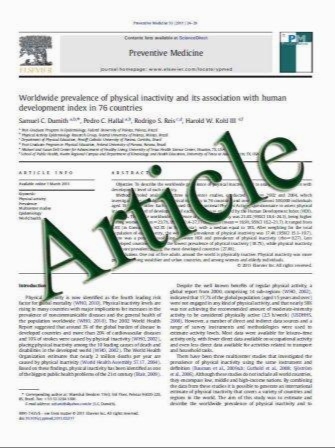The European Paediatric Life Support course improves assessment and care of dehydrated children in the emergency department
- نوع فایل : کتاب
- زبان : انگلیسی
- مؤلف : Gérard Chéron & Jean Philippe Jais & Bogdan Cojocaru & Nathalie Parez & Dominique Biarent
- چاپ و سال / کشور: 2011
Description
We tested the hypothesis that application of the principles learned from the European Paediatric Life Support (EPLS) course improves child health assessment and care. In a retrospective study, residents from five paediatric emergency departments were included. For each of them, we analysed five medical records of infants and children suffering from diarrhoea; three were in ambulatory care and two were inhospital care with IV hydration. Two independent observers analysed the records using a standardized checklist of 14 clinical points, as well as three items to evaluate the adequacy of treatment according to hydration status. Agreement between readers was evaluated the kappa coefficient of concordance. Statistical associations between each item and the EPLS course status was assessed by logistic regression taking into account the clustered data structure. Fifty residents and 240 medical records were included. Twenty-six residents were EPLS trained (intervention group) and 24 residents were not (control group). The results of the analyses of the medical records by the observers were concordant (kappa >0.91). Medical records in the intervention group contained more clinical information on circulatory status (P<0.0001). Residents in the intervention group prescribed goal-directed therapy more often (P=0.006). For children with shock, they administered volume resuscitation (P=0.01) with goaldirected therapy more often (P=0.003). This is the first evaluation of an educational program focusing on the actions of “learners” in the clinical environment. Our findings highlight that the EPLS course is associated with a better clinical analysis of hydration and circulation status as well as with goal-directed therapy.
Eur J Pediatr DOI 10.1007/s00431-011-1428-3 Received: 20 December 2010 / Accepted: 10 February 2011


